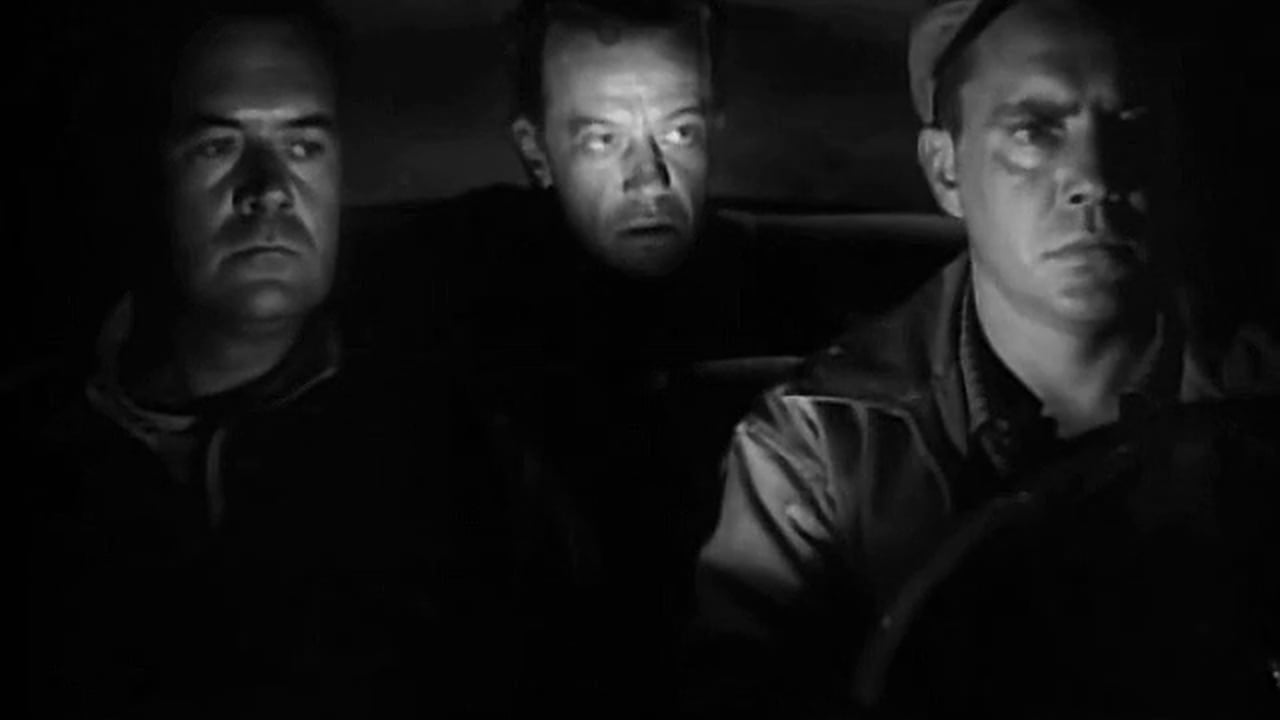Here’s an imaginative exercise. To get a sense of what it must’ve been like to be one of the very, very few women directors in 1950s Hollywood, we can simply read The New York Times‘ obituary for Ida Lupino, published upon her death 40 years later, in 1995. Alongside Lupino’s biography and a cursory look at her accomplishments, we get this:
Miss Lupino was petite, standing only 5 feet 2 inches tall and weighing 112 pounds. She had auburn hair and violet eyes framed by half-inch-long lashes.
Again, that’s in 1995.
I haven’t bothered to read their post-mortem of Humphrey Bogart, Lupino’s co-star in They Drive By Night and High Sierra, but I’ll go ahead and presume that his eyelashes do not occupy so prominent a place in the remembrance.
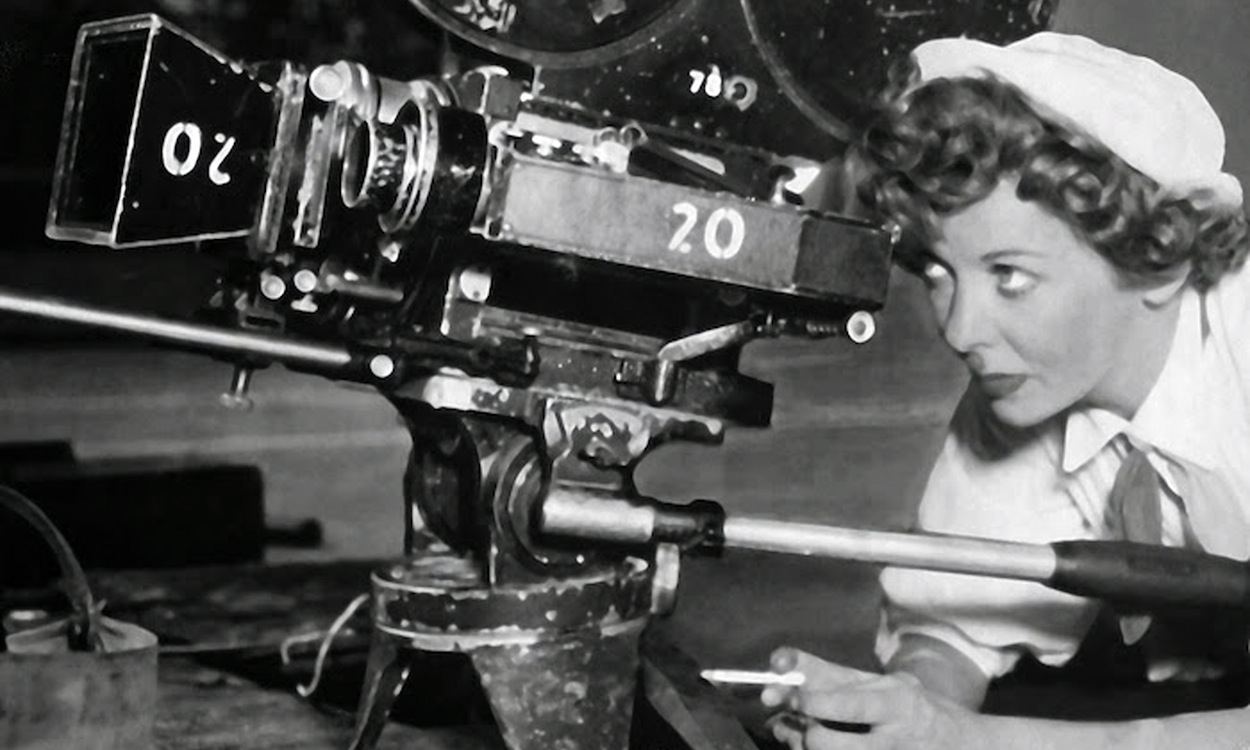
Ida Lupino’s career was long and fascinating, spanning decades. As an actress, she was called “the English Jean Harlow” (or, in her own sly phrasing, “the poor man’s Bette Davis”). As a director — with her first credit showing up in 1949, after a 6-year stretch in which Hollywood failed to produce a single film directed by a woman — she called herself “the poor man’s Don Siegel.”
Even allowing for self-deprecation, Lupino seems even to herself fundamentally second-tier, an artist operating in the scrappy, low-rent margins of representation, a genre-obsessed high femme in a man’s world.
The two films she directed in 1953 both adamantly argue for her inclusion in any discussion of the period. The Hitch-Hiker is a dude-heavy daylight noir trending toward horror, and The Bigamist a fundamentally empathetic “whydunnit” social picture about impossible choices. Neither would’ve been made by a man. Or, at the very least, they would’ve played much differently, and probably much worse.
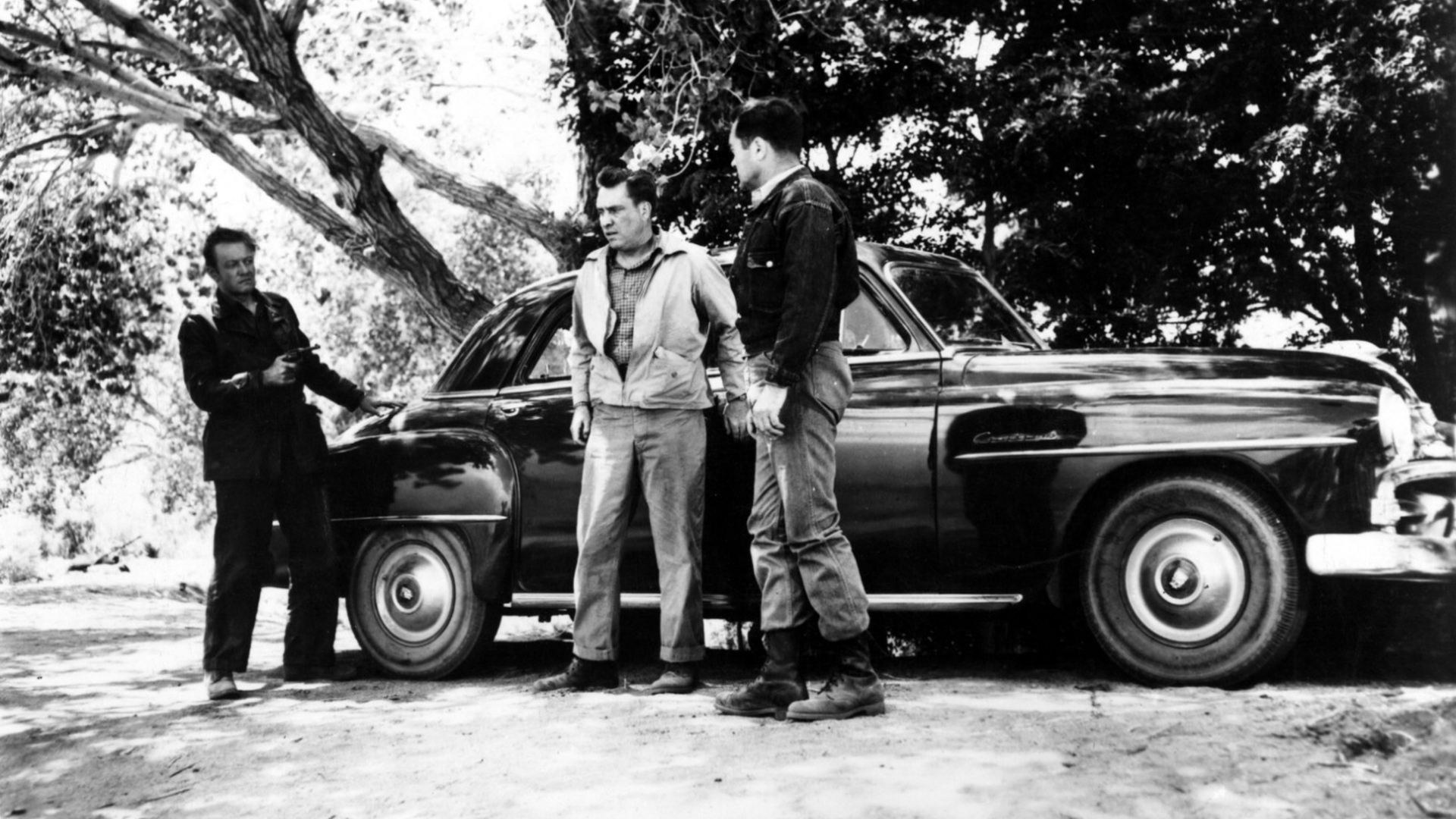
The Hitch-Hiker is a sweaty, nihilistic piece of cinema. Inspired by the dead-eyed, spree-killing murderer Billy Cook, with a script from blacklisted writer Daniel Mainwaring and tenebroso lighting from Out of the Past cinematographer Nick Musuraca, Lupino’s film is efficient and claustrophobic. Two men escape the doldrums of their post-War suburban lives for a fun weekend of fishing, but a spur-of-the-moment decision to dip into Mexico and relive past bachelor glories saddles them with a serial killer in the back seat. The entire rest of the movie follows the trio as we wait for the inevitable.
Lupino amps up tension all along the ride, and The Hitch-Hiker starts to feel less like noir and more like a psychological horror. This isn’t just attributable to the sun-baked landscapes and the absence of women, neither of which would make much sense in a traditional noir. There is no loot, no one last job, no double crossing. It’s as though we’ve stumbled into a particular variety of mobile, interpersonal hellscape, a kind of Huis Clos on wheels. The killer plays with his victims, taking as much pleasure in tormenting them through tested allegiances as overt violence. The theme, it turns out, is not innate human foibles, but the collision of masculinities and desire.
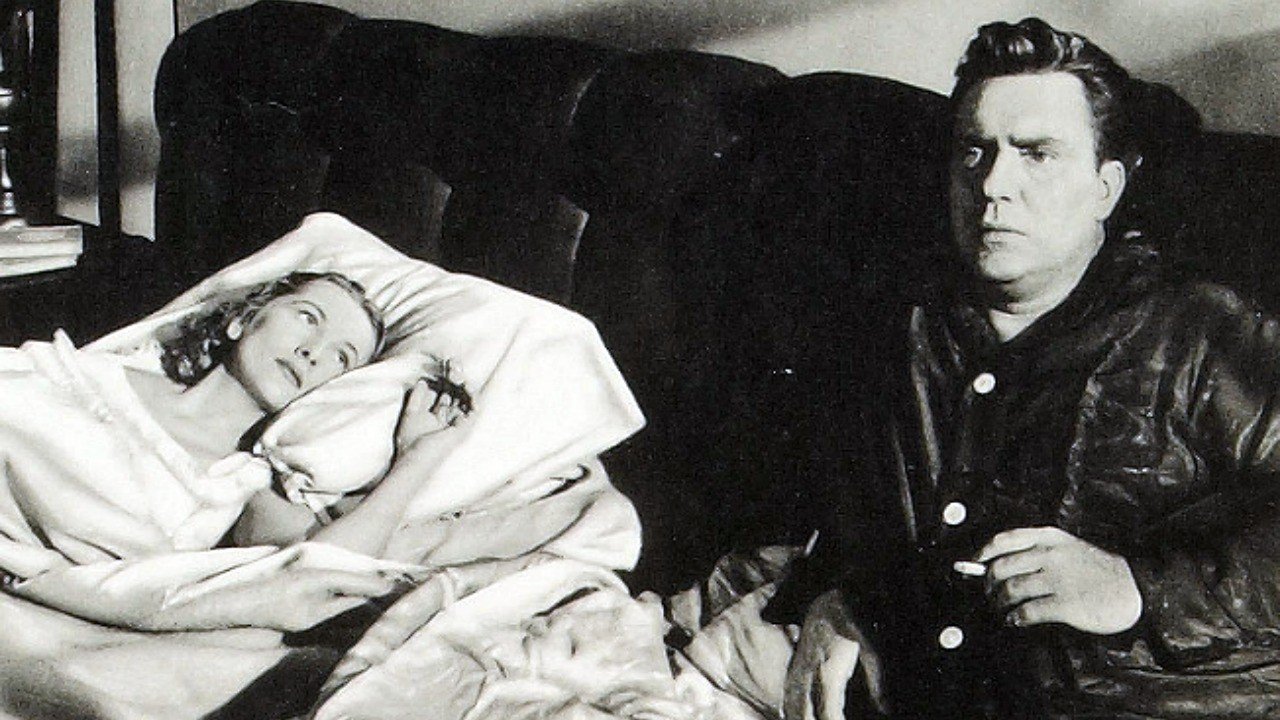
In The Bigamist, Lupino returns, in a fashion, to the sort of social issue drama that animated most of her earlier films with The Filmakers (one ‘m’, for reasons no one can explain), the production company she set up with her then-husband Collier Young. Others had dealt with rape, polio, abandoned children — noble-minded and of-the-moment, and not things Hollywood was likely to touch with a ten foot pole. (There are remarkable similarities here with Lupino’s predecessor Lois Weber, and the film’s pedantic final moments recall Louise Brooks in Diary of a Lost Girl.)
The concerns of The Bigamist are right there in the title. But if you’re showing up for a lurid story, Lupino aims to disappoint. The Bigamist is overflowing with empathy for its titular hero, a traveling salesman locked in a loving marriage to Joan Fontaine that is feeling more and more like a business partnership, as well as his wife and the woman down in L.A. he ends up marrying after she gets pregnant (Lupino).
In a strange way, The Bigamist is the more narratively noir-ish of the two: totally predictable impulses lead to totally irreconcilable situations, and nothing but the tragic awaits us. Lupino allows the tale to unfold in such a way that guilt, if not hard to establish, is understandable. The film’s soap opera title hides a classic story of a few bad choices writ large.
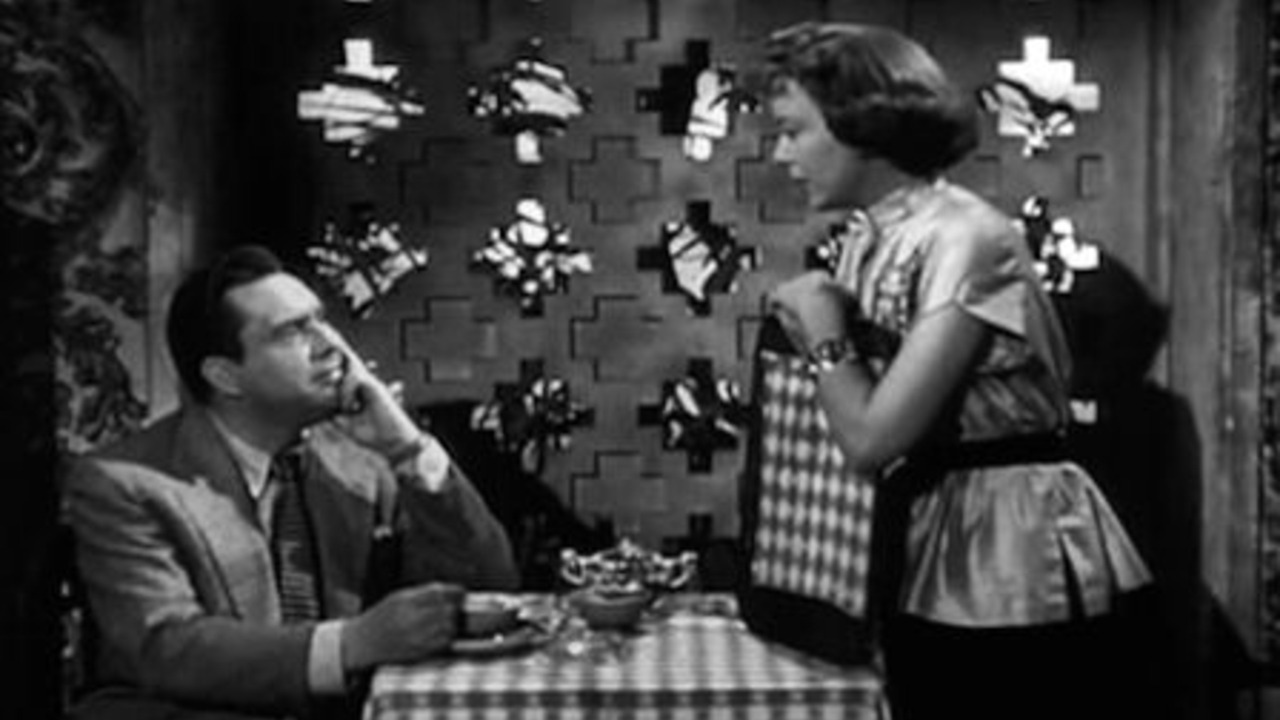
And, of course, she casts herself as the “other woman,” cannily recognizing how audiences perceived her in the first place. (Not to mention that Collier Young, who wrote the film, would shortly divorce Lupino and marry Fontaine in real life. Awkward.) A famous scene depicts the clumsily philandering, but mostly lonely, husband meeting Lupino on an L.A. tourist bus visiting the Houses of the Stars. The lines between fantasy and reality are blurred, until they’re not; after all, if he’s there for a diversion, she tells him she just rides buses to sleep between waitress shifts.
As in The Hitch-Hiker, and as an actress throughout her career, Lupino has a gift for the small gesture, the ways solitary movement prefigures joint action. Framing the killer between the two kidnapped men, mediated only by the gun that binds them somehow segues to the man in a courtroom, buttressed by wives with equal claims. These are hard-nosed films, horror/noir and melodrama by turn, but Lupino’s hand is recognizable in each.
I have no more explanation why she wasn’t included on the original Counter-Programming list than I do for Germaine Du Lac, whose work I discussed yesterday. But she absolutely merits a place here for any number of reasons: as actress, director, producer, and master of genre. If her work is too square for the round holes of the canon, so much the better. These are films that demand repeat viewings.

